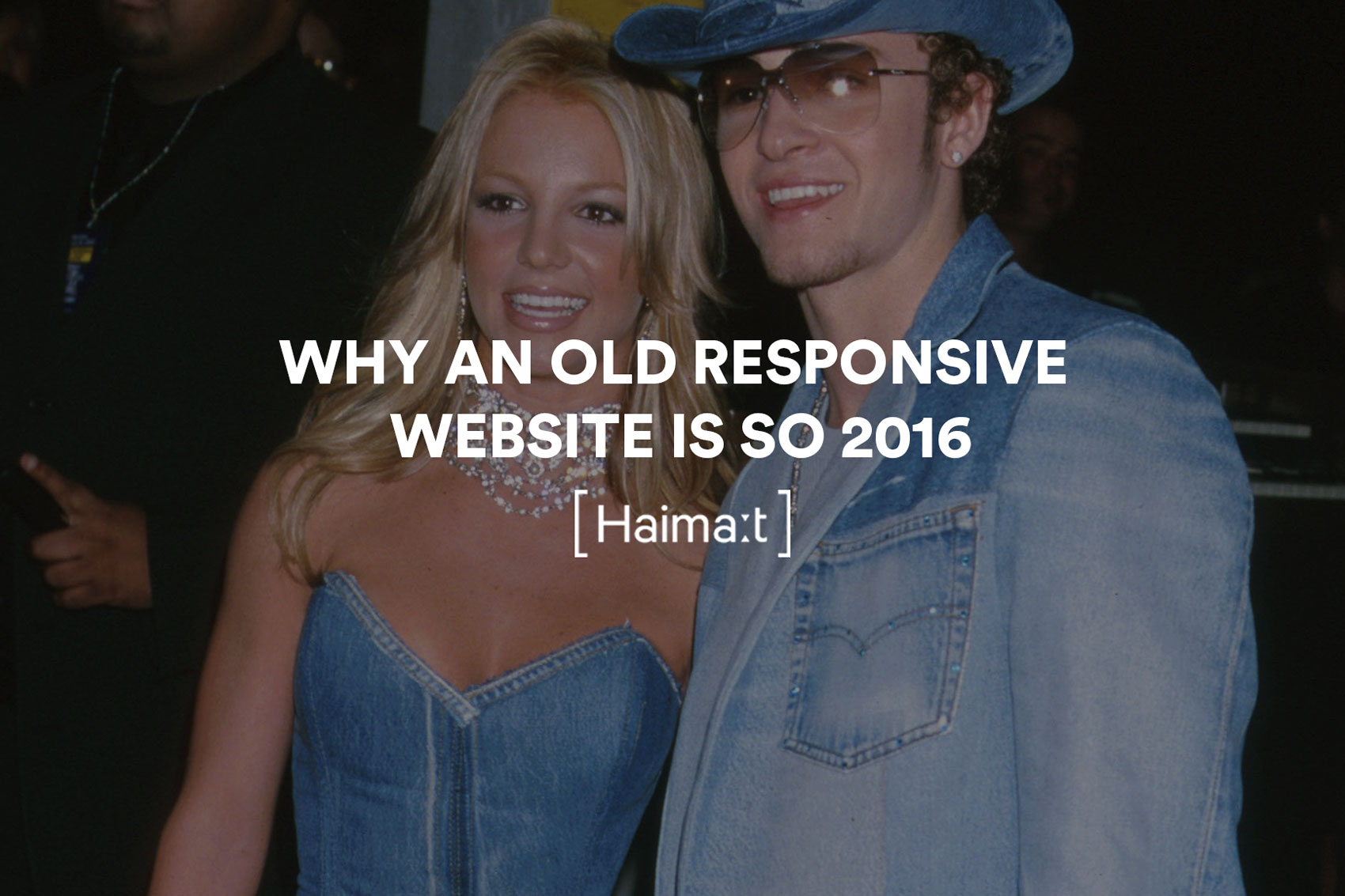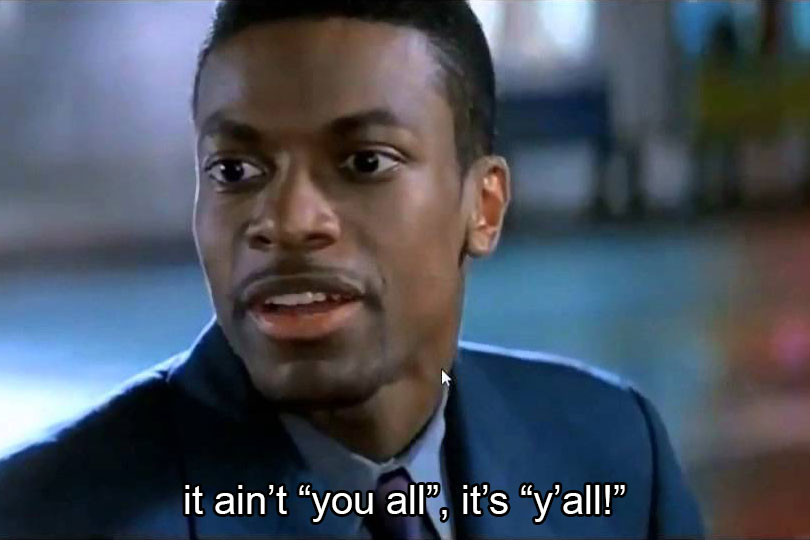
I’d be lying if I claimed to be the first person who emphasises the importance of a responsive design for modern day websites, we’ve all heard it, plenty of times – that’s not what we’re here to do. Instead, what if I told you a pleasant, responsive website design just wasn’t going to cut it and that rather we want to introduce you to web design’s long forgotten younger sister, user experience and their extremely close cousin interactive design – are your ears perking or do you still think this dude has no idea what his on about?
Allow me to explain.
According to eMarketer, humans were spending an ever-increasing 2.8 hours per day on their mobile phones absorbing digital media. While logically that gives you a fair amount of time to let your website load, humans are sadly so time driven that nearly half of web users expect a site to load in 2 seconds or less, and they tend to abandon a site that isn’t loaded within 3 seconds – 3 fucking seconds (source: Kissmetrics). The point here is simple, humans are extremely impatient and painfully picky, at least on average – so that makes grabbing, keeping and capitalising on their intention a toughening task to accomplish. Alas, we’ve scoured the web for support of our futuristic assumptions to bring you our closest answer to website success in this modernised age of 2017, at least in terms of aesthetics.
Optimise your responsive website so it’s super easy to use
We’re talking about not only having a well organised website layout and interface that is easily digestible by the viewer, but making it so simple and obvious exactly where you want the user to go to get the most value out of their short stay that they cannot possibly get lost nor have a bad experience on your site.
It’s become a pretty modernised world out there with endless streams of information and options, so in the eye of retaining mental sanity, more and more people are finding solace and comfort in the notion of minimalism. The more options there are to choose from, the more likely the person will become anxious and boycott your entire business experience. The answer? Give them fewer options to choose from and make finding what they’re looking for a pleasantly simple journey.
Take for example the Spirit of Tasmania’s newly refurbished website. While the design is nothing out of the ordinary, the placement of objects and colours is what’s to be admired. While there still exists a primary menu with various information options, your attention drifts past here almost immediately and lands on the key piece of action they wish for you to take – ‘Find A Fare.’ Almost subconsciously they’ve driven your attention directly here and made you realise that’s exactly what you came there to do. Suddenly you don’t much care for what else is on the website.
The point here is about being strategic with website design and functionality. Whether it means hiring a specialised UX person, giving it a crack yourself or off-loading the entire job to an agency such as [Haimat], using various elements like colour, animation and typography with optimal usability in mind can be the major differentiator between having a good website and a great website.
Rise of the micro interaction
It mightn’t sound like much, and it’s easy to conclude you don’t have time nor capacity to implement something as trivial as ‘micro interactions.’ But allow me to convince you otherwise. Simply, microinteractions are subtle moments centred around completing a singular task, such as ‘touching here’ or ‘swiping up.’ Almost all applications you use are filled with these microinteractions. Everything from Facebook, Instagram, Snapchat, Gmail – the lot.
Let’s take Instagram for example, the ability to swipe up to reload, swipe left and right to change screens – heck, it really doesn’t take much effort to experience the full capacity of this social media platform does it? But what if you had to click a link to shift between screens, if you had to scroll to a piece of text that says ‘messages’ or ‘story,’ you probably wouldn’t be bothered to use that function anymore cause it’s just too much hard work and the small text is horribly in-conducive to stubby fingers.
See these are all microinteractions designed by someone who unfortunately doesn’t shine in the limelight but yet his work is so extensively admired by everyone’s subconscious. Each of these tiny moments designed and created by UX designers aid in enhancing your experience by making the interface less machine and much more human, and half the time you don’t even realise the work they’ve done to make life so pleasant and simple.
Emotion is number one
Much like microinteractions tickle our subconscious and help us make particular decisions, emotions can be the driving force between someone saying yes please, or no, piss off. Perhaps there is a middle ground, but for example sake, let us go with the former. Consequently, given human actions are driven highly by emotions, it can be extremely beneficial to look at emotionally drawing your visitors in rather than just yelling facts at them.
Again there is exception if your website functions fine and someone comes along knowing what they’re looking for. But for this instance, imagine your website as a presentation in dire need of a story – rather than simply listing facts and information, creating a story and sparking emotion is a sure-fire way to engage a user. This way, visitors to your site are presented with information in an informative and appealing manner, rather than simply showering them with an onslaught of thoughtlessly targeted content. Full-screen videos and imagery, breaking the traditional design grid, gradients and bright, vivid colours are all newly trending ways to give your website an emotive spark and help solidify your website as great and not just ‘good.’
By no means is this a do-or-die scenario for a healthy, functioning website in 2017 – you’re still allowed to use Wix or Dreamweaver to build your business website. However, if you’re wondering why your bounce rate is above average and your content isn’t to blame, perhaps it’s time to think about optimising usability and adding a story with interactive elements, maybe then your website will go from good to great.
This is indeed only the tip of the iceberg and the digital landscape is forever changing. So while I’m confident these factors listed above are likely to increase your overall website engagement and experience, I take no legal responsibility for any result otherwise. If you would, however, like to work together on moulding your website into the best thing it could be, we’d love to have a chat!






